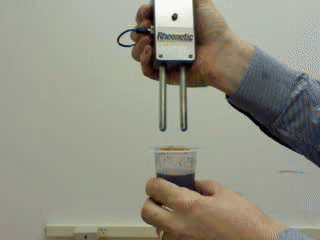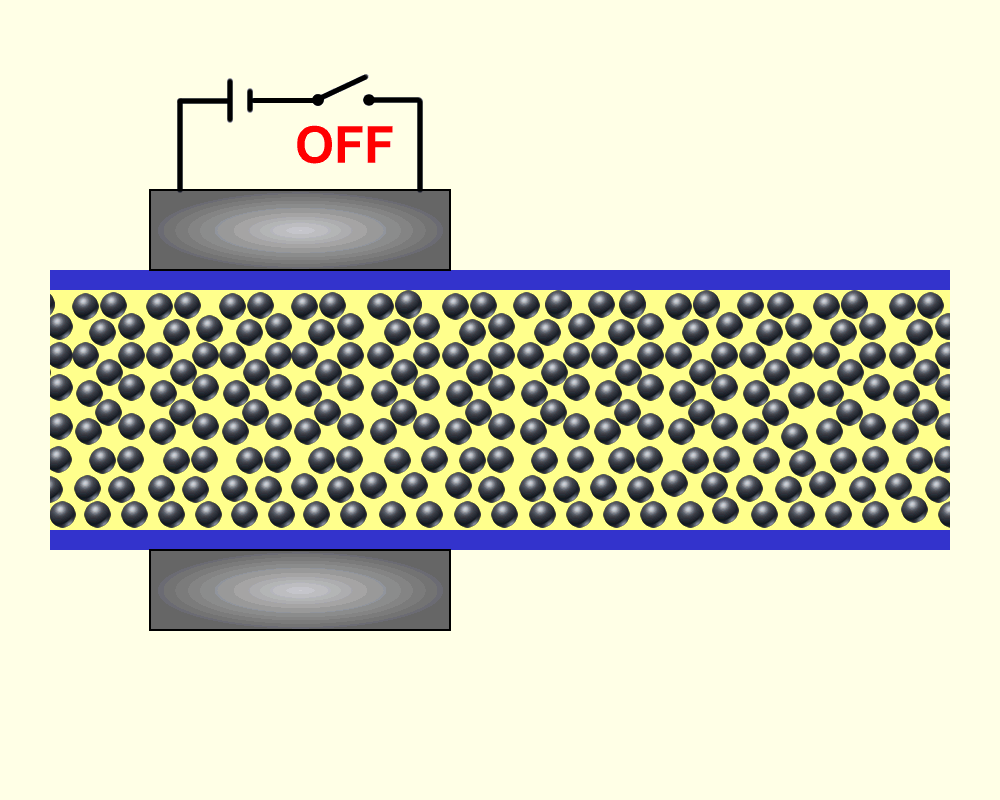

2028: The Great Return
LEGS


To best address the needs of Senior Design, the group decided to proceed in designing Concept 1 from our initial design concepts. The landing gear will be proprietary technology comprised of traditional landing legs paired with a spring damping system. The Landing-Engaged Grounding System (LEGS) is the shock absorption system designed for STELLA. LEGS is based on more contemporary designs of recent landers and technologies. In order to meet the requirements of reusability, the team chose to not use the conventional aluminum honeycomb core shock absorber that was used in the Apollo lander. Instead, the LEGS will use a spring-damper system with a semi-active magnetorheological (MR) fluid damper that allows for adapting to varying landing situations. While MR fluid dampers have not been used in a landing system for spacecraft, their use in high-end automobiles’ suspension systems, such as the Cadillac CTS-V, means that they have a high technology readiness factor.
The spring is housed in the upper portion of the leg along with the shaft for the MR damper. The damper piston and cylinder are housed in the lower leg. The upper leg assembly has an extended portion which encloses part of the lower leg. This minimizes the chance of abrasive lunar regolith particles from making their way into the damper cylinder.
Spring Design
In order to ensure reusability and reliability, the spring was designed to withstand a 75 kN impact force for 50 cycles. To reduce the mass of the spring, a titanium alloy was selected due to its high strength to weight ratio. Using the equations for spring design and fatigue failure, the design resulted in a 1.047 m spring with a coil diameter of 194 mm and a spring rate of 197 kN/m. There were several constraints the team had to consider, including the maximum impact force given lander mass, deceleration, helix angle, and shear force.
Upper and Lower Struts
The upper and lower struts act as a housing for the spring-mass-damper system utilized in this design. The material selected for spaceflight is an aluminum-titanium alloy to balance the strength requirements necessary to support the landing weight of the craft while reducing mass, allowing for a more fuel-efficient design.
Magnetorheological (MR) Fluid
This concept consists of an adapted primary strut landing gear that was used in the Apollo missions. Since the lunar module could land at a variety of possible velocities, it is important that the shocks and struts on the module are capable of not only functioning in space, but are capable of repeatedly handling huge compressional loads.
A feasible solution would be to change the landing struts from the honeycomb design to a reusable electromechanical absorber, which was implemented in the Philae project. While this concept would add more weight to the system, its lifetime is considerably more advantageous for NASA as they continue to move to a model focused on reusability. The electromechanical shock absorber would function to absorb the kinetic energy upon impact and translate it into electrical energy.

